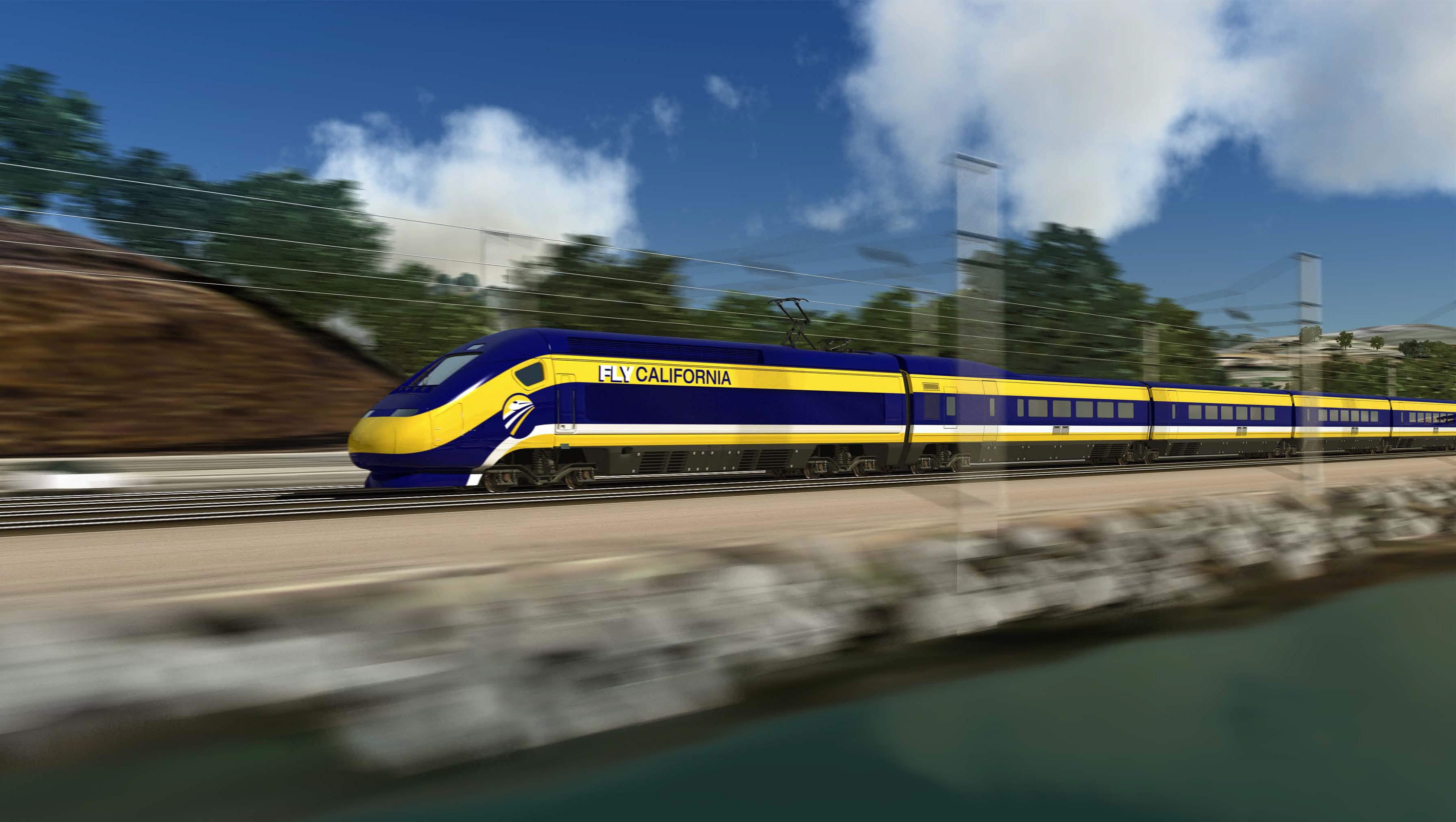California’s High Speed Rail Speeds Into More Problems

By Charles Hice
When the Bullet train was first proposed more than 20 years ago, it was suspected to be an ambitious project with a cost estimate of around 7 billion dollars that was supposed to finish up around the end of 2016.
At the time is was proposed more than half the state seemed to enjoy the prospect, and the Ag community still hadn’t fully realized how much of this new proposal would really affect them and their lands.
Today, the project has sky rocketed to more than $77 billion, project completion is not suspected until 2033, and less than a 1/3 of the state approves. That is more than a 1,000% increase with a 20 year delay on a project that is now despised by most of the state. It doesn’t make a person comfortable with how this project is being managed.
Partnered with the fact that the projects budget seems to continuously increase, and time tables are continually pushed back, there have also been a surge of lawsuits against the project from farmers, environmentalists, and others caught in the wake of the bullet train path. Environmentalist and Ag groups are vigorously opposing the train. A common cause for Ag business and Environmentalist groups alike, not a very common occurrence.
Farmers, of course, disliked this project from its start, but it seems so will most all other tax payers now as well. A project, again, that has managed to spend billions of dollars, yet really start. And in most cases, it has yet to even purchase the land it needs.
Environmental review of the project alone has cost over $300 million dollars, and is yet completed. And as many of us already know, nothing in California can be built without environmental review.
The project has also suffered from an array of accusations of fraud and abuse from within its administrative organization, which prompted the Federal Railroad Administration to step in to provide more oversight last year. Yet still, the project continues to suck more and more money down the rabbit hole.
Why is this? Because this is Governor Jerry Brown’s legacy project. And he has made it so very clear that there will be no stopping the path of high-speed rail. No matter your politics, it is interesting how Jerry Brown has paved the way despite all reason for this project to continue, regularly disregarding the concerns of both the Agricultural and Environmental constituents of the state.
A few years ago, Jerry Brown’s reasoning for a 4 Billion dollar increase on the project was that the California economy could simply handle it. That was when the project toll was risen to $10 billion. Well, I suppose the belief now is that the California economy, the tax payer included, can simply handle another $60 billion dollars to be swept under the rug, on what is turning into one of the most notoriously mismanages government projects the world has ever seen.
The real question may be, however, after 3 decades in production on a transportation system that was based on decades old technology anyway– will California’s High Speed rail be worth it in the end?
With the rise of autonomous automobiles, autonomous highway system infrastructure, and hyper loop rail technology, it is very likely that when the California High Speed rail project is completed, it will be an obsolete technology if not an entirely unneeded transportation system. The writing is already on the wall.
There have already been massive advances in both autonomous highway transportation, and Hyper-loop is the next big leap for mass transports. These are both rapidly growing technologies that would very likely threaten the need for High Speed rail, which already seems like a needless system.
And when these technologies do come to the main stream, it would be as if the California tax payers threw away nearly $100 billion and 50 years time on a project that seems to only be relevant because a politician’s ego. Like it or not, California, and the nation, will need to update highway infrastructure to better accommodate autonomous travel, and Hyper Loop is looming to come into play in a significant way as well.
By Charles Hice
Editor Ag Expo Magazine
